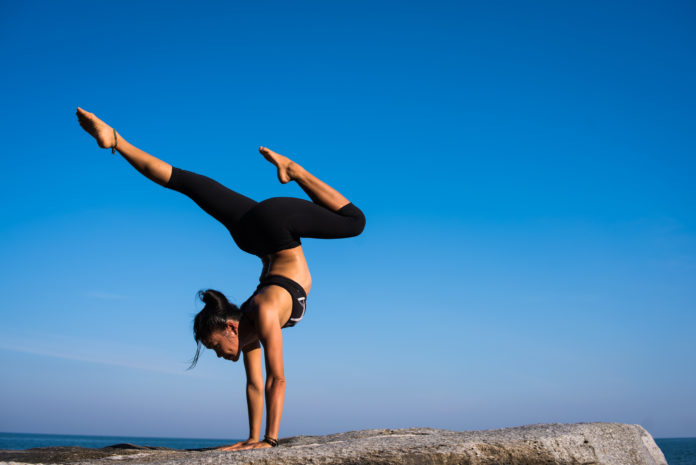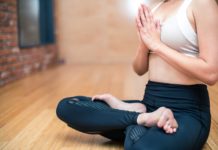
Yoga postures that increase spinal bending may cause injuries in people with osteoporosis
Yoga postures that flex the spine beyond its limits may raise the risk of compression fractures in people with thinning bones, according to a research from Mayo Clinic. The results appeared in Mayo Clinic Proceedings.
Researchers have previously described injuries from yoga. This study examined injuries in people with low bone density called osteoporosis and osteopenia associated with yoga.
Osteoporosis is a disease in which bones become thinner and more porous from loss of mineral content. Bone loss that has not reached the stage of an osteoporosis diagnosis is called osteopenia.
Osteoporosis is a disease in which bones become thinner and more porous from loss of mineral content. Bone loss that has not reached the stage of an osteoporosis diagnosis is called osteopenia
Researchers reviewed the health records of 89 people, mostly women who were referred to Mayo Clinic from 2006 to 2018 for pain they attributed to their yoga practice. Some were new to yoga. Others had practiced for years. They had pain in the back, neck, shoulder, hip, knee or a combination.
Patients identified 12 poses they said caused or aggravated their symptoms. The most common postures involved extreme flexing or extending of the spine. Researchers used patients’ health records, medical exams and imaging to confirm and categorize the injuries as soft tissue, joint or bone injuries.
Researchers identified 29 bony injuries, including degeneration of disks, slippage of vertebrae and compression fractures. The latter appeared to be related to postures that put extra pressure on the vertebra and disks.
“Yoga has many benefits. It improves balance, flexibility, strength and is a good social activity,” says Mehrsheed Sinaki, M.D., a Mayo Clinic physical medicine and rehabilitation specialist and the study’s senior author. “But if you have osteoporosis or osteopenia, you should modify the postures to accommodate your condition. As people age, they can benefit by getting a review of their old exercise regimens to prevent unwanted consequences.”
The study also found that people who incorporated recommendations to modify their movements reduced their pain and improved their symptoms.













